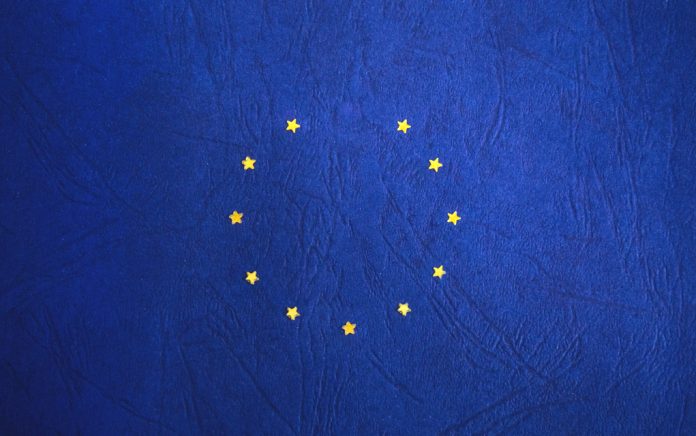528 Advisory’s Nigel Ransom explains what businesses can do to minimise the impact of Brexit on their supply chains and workforces.
No one knows what the final Brexit deal will look like yet – but that doesn’t mean you can’t start preparing for its impact.
If you buy goods or services from within the EU, or you rely on cheap EU labour then you need to start mapping the possible impacts and taking mitigating actions.
Here’s how…
1. Segment your suppliers
Your suppliers should be segmented by:
- Being an EU company supplying goods or services from an EU country.
- Being a company that is reliant on significant raw materials or components from the EU. Segmented by percentage of price of the goods supplied.
- Being a company that is reliant on the availability of low-cost labour from EU. Segmented by percentage of price of the goods supplied.
- Identification of items sourced from outside of the EU but which transit via land through the EU, including goods transiting through Rotterdam.
Given the complexity in modern supply chains, the list of suppliers each company produces is likely to be quite long. Each organisation’s knowledge of its suppliers will be fully tested and more likely involve liaising with suppliers to establish the latest cost assumptions and supply chain challenges.
2. Sequence the list
The list needs to be sequenced by each company in order of importance. This is likely to identify the supplier with the biggest impact on costs escalation for the goods and services you sell onto your customers, either as finished goods or larger sub-assemblies and components.
3. Analyse the list
Each supplier on the list needs to be looked at in turn. Dependent upon the challenges faced there are a number of strategies and remedies that can be applied to reduce the impact of Brexit cost increases and, ideally, identify some of the cost-saving opportunities.
4. Price the changes
For each supplier, each of the mitigation options should be priced as an increase or decrease to the unit cost. The benchmark to measure each contingency against is to stay with the same supplier, transacting in the same way but applying WTO tariffs rather than single market trading.
Completing the first pass of this work will enable companies to identify the biggest cost increase, risk and opportunities available to them and focus scarce resources on managing them appropriately.
Once completed this analysis will give managers:
- An understanding of the impact of Brexit on your suppliers and inbound supply chain with expected costs, both increases and decreases
- An understanding of the options available to buyers and suppliers to offset some, or all, of the costs and impact of Brexit under the worst-case scenario
- Ability for buyers and suppliers to start contingency planning and mitigation actions
- A clear view of which suppliers are already mitigating the risks and costs of Brexit
- Identification of new suppliers from outside of the EU, which were previously not competitive
- Ability to work with new suppliers to take advantage of improved pricing once Brexit is completed
- A document that can focus and support involvement with trade bodies to resolve and minimise the negative impact of Brexit on your business and sector
- A working document that you can evolve and be updated as the negotiations proceed
By taking action now, it is more likely you can mitigate the effects of Brexit, and perhaps even find ways to benefit from the changes ahead of us.
Nigel Ransom is from 528 Advisory, which works with CXOs and their direct reports to set the foundations, direction and governance for a successful acquisition and/or company transformation.
www.528advisory.com
Twitter | LinkedIn


